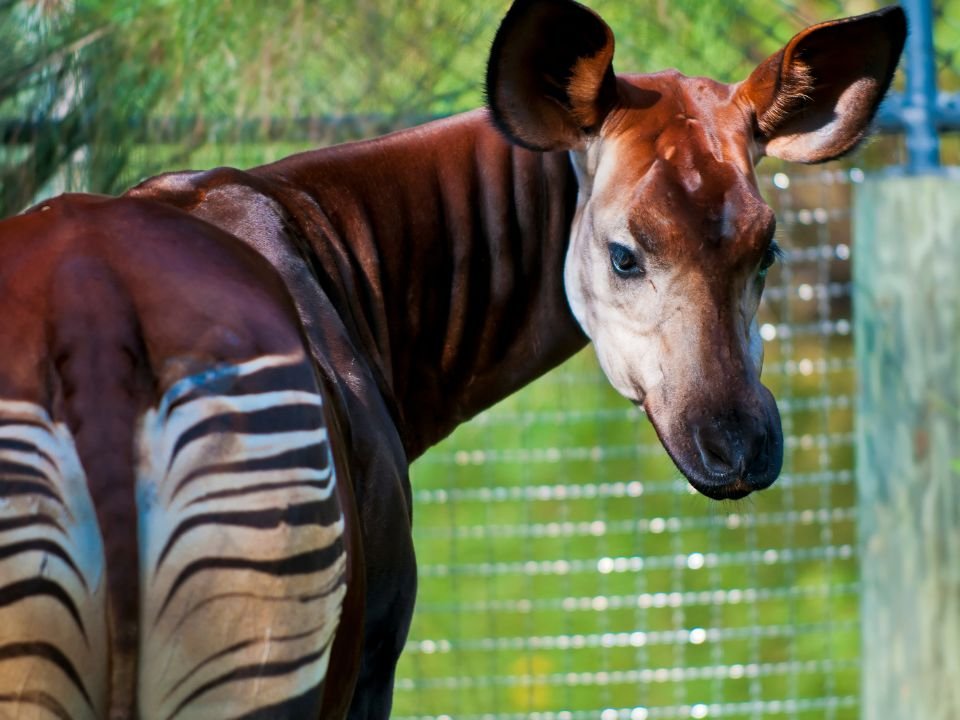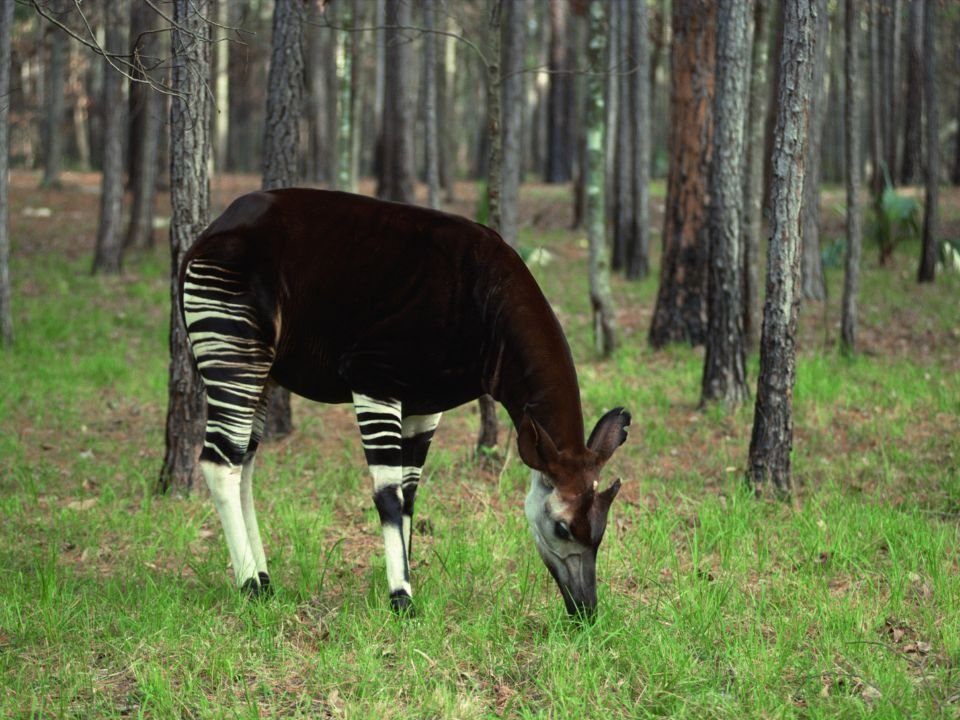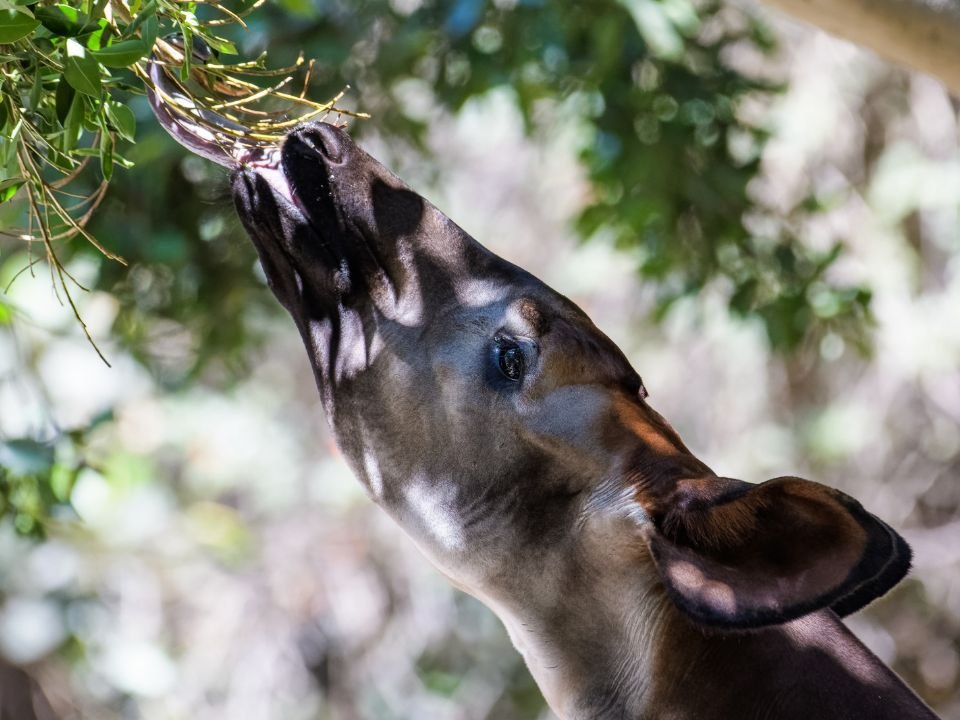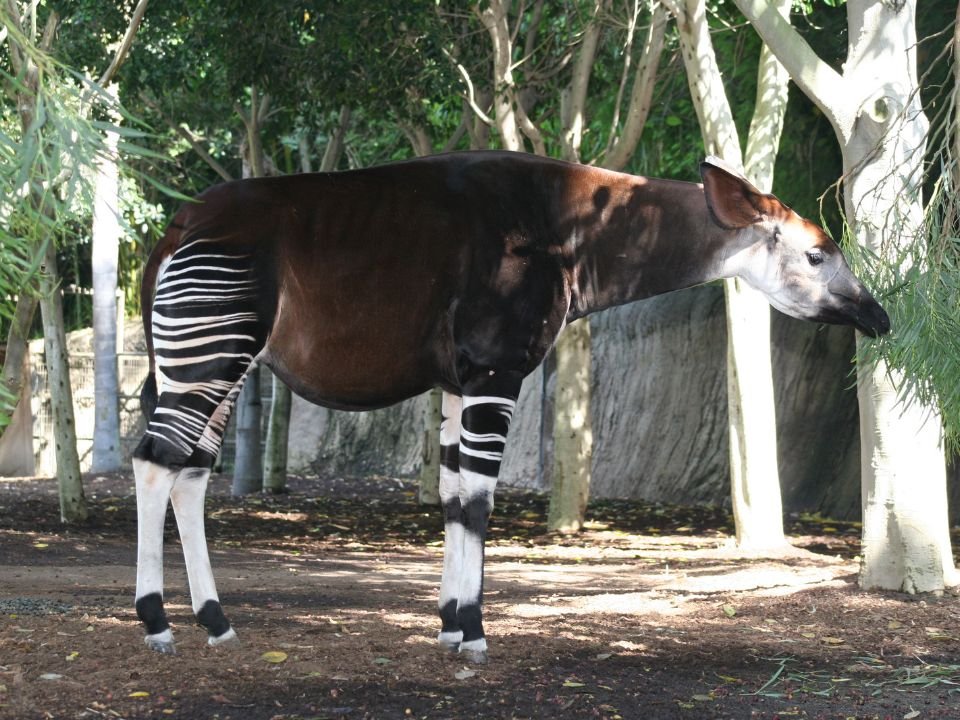The okapi was first discovered by Europeans in 1901 when British explorer Harry Johnston came across it during his expedition to Africa. Since then, much has been learned about this unique animal but there are still many mysteries surrounding it. For example, we do not know why Okapia johnstoni (the scientific name for the species) has such a long neck or why its coat patterning helps it camouflage so well in its forest home
What Is An Okapi
The okapi is a mammal that is native to the Ituri Rainforest in the northeast of the Democratic Republic of Congo. The okapi has an elongated neck, and its body is covered in short, reddish-brown fur. The okapi has a long tongue that it uses to strip leaves from branches, and it also feeds on fruit and fungi.

It is the only living member of the family Giraffidae, which also includes giraffes and their extinct relatives. The okapi has a long neck, but it is much shorter than that of a giraffe. Its coat is dark brown with white stripes and spots, and it has a long, black tongue.
What Do Okapis Eat
The okapi is a herbivore, which means that they only eat plants. Their diet consists mostly of leaves, buds, fruits, and flowers from trees and shrubs. They also eat grasses, ferns, and mosses. Okapis are able to get most of the moisture they need from the plants they consume. However, during dry periods or when food is scarce, they will drink water from streams or pools.

It uses its long tongue to strip leaves from branches or to pluck fruits from trees. The okapi also consumes significant amounts of soil each day as part of its diet; this helps them obtain essential minerals such as calcium (Ca)2+.
Where Do Okapis Live
They are native to central Africa and live in forests. Okapis are very shy and elusive, so they are not often seen by people. Because they live in forested areas, okapis have few predators except for humans who sometimes hunt them for their meat or skin.

Okapis are very shy animals but they have been known to approach humans if they feel comfortable around them. If you’re ever lucky enough to see an okapi in the wild, be sure to give them plenty of space!
Okapi Adaptations
The okapi has many adaptations that allow it to thrive in its forest habitat. The okapi has a long neck and tongue, which it uses to reach leaves high up in trees. It also has very strong legs, which enable it to run quickly through the dense forest undergrowth. Its dark fur helps to camouflage it from predators such as lions and leopards.

Why are okapi important to the ecosystem
The okapi is an important part of the Forest ecosystem. It feeds on plants that other animals cannot reach, dispersing seeds throughout the forest floor as it does so. This helps to keep the Forest healthy and diverse place for all creatures that live there
Why are okapis endangered
The okapi is endangered due to habitat loss and hunting by humans. Hunting of the okapi for its meat and skin has decreased its population by 50% over the past two decades. Habitat loss due to deforestation for agriculture and mining also poses a threat to the survival of this unique species.

Conservation efforts are underway to protect the okapi from extinction. The Okapia johnstoni National Park was established in 1992 in an effort to conserve this species. In addition, international conservation organizations are working with local communities to raise awareness about the importance of preserving this animal for future generations






Leave a Reply